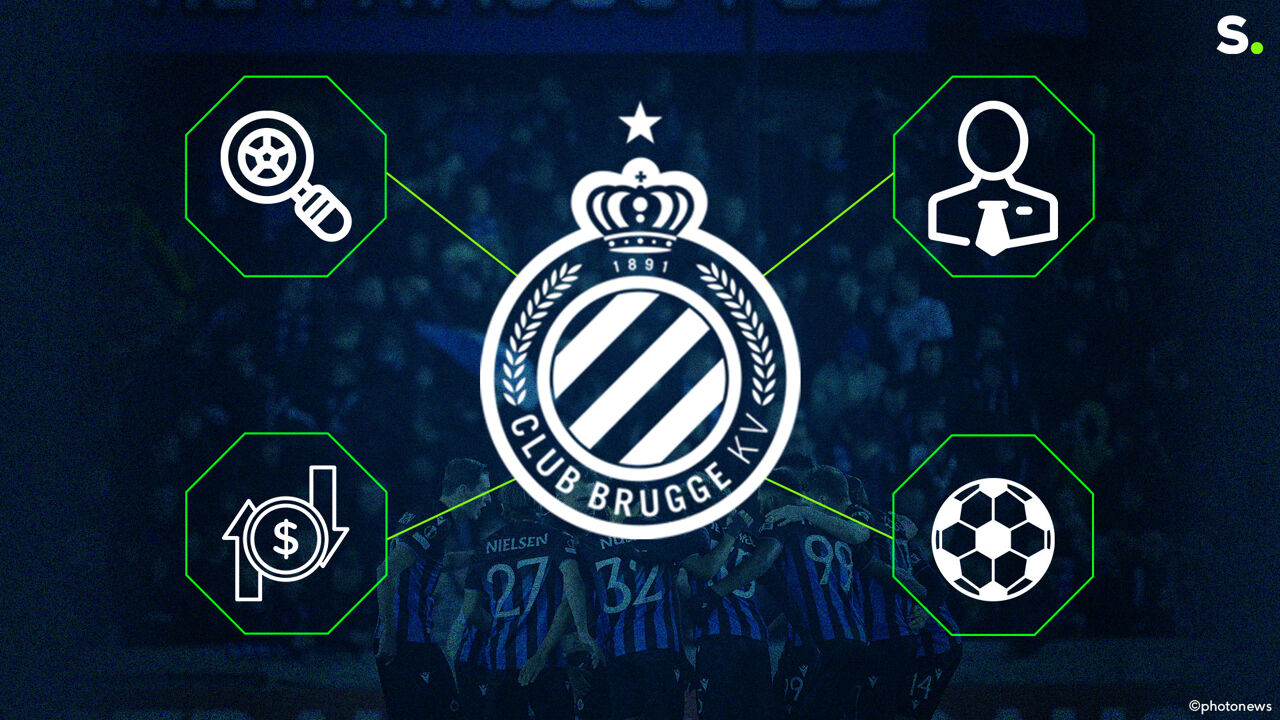Dutch scientists have used the gene-editing technology CRISPR to eliminate dormant HIV in immune cells. Laboratory experiment provides hope for a potential treatment.
Scientists have developed a new way to eliminate the human immunodeficiency virus (HIV) from cells. This method could one day be transformed into a way to prevent infection with the virus and thus AIDS. To do this, researchers will first have to prove whether the technology also works in humans.
The strategy uses CRISPR, a modern gene-editing technology. In the experiment, the technology cuts the DNA of the virus that has invaded immune cells to cause errors. “These results represent a crucial step in developing a treatment that leads to recovery,” says the virologist. Elena Herrera Carrillo From Amsterdam UMC.
Read also
“Depression is not only in the head, but in the whole body.”
Psychiatric epidemiologist Brenda Penninks investigates the relationship between mental and physical health.
Sleep, virus, sleep
While infection with HIV was once almost certainly fatal, those infected today can take medications to prevent the virus from multiplying. This gives them a practically normal lifespan as long as they take their medications diligently every day.
But during primary infection, the virus directs some of its DNA to immune cells, where it remains dormant. Once a patient stops taking HIV medications, the waiting DNA “wake up” and the virus begins to spread through the immune system again.
So medicine will have to find a way to eliminate this dormant virus in the body. Researchers have tried different strategies, but to no avail so far.
Hair cut
Dutch researchers have now developed a new approach using the DNA editing technology CRISPR. This technique, which has its origins in bacteria, can cut specific parts of DNA. The system could be used as a form of gene therapy for various conditions. The first treatment based on this principle was approved last year in the United States and the United Kingdom to treat sickle cell disease.
Various groups are now investigating whether CRISPR can target a specific HIV gene, so that the dormant virus is eliminated. Carrillo and her team were able to use CRISPR to inactivate the virus in a petri dish containing immune cells, thus removing the virus from all cells.
Storage areas
Despite the promising results, the virologist says Jonathan Stoye From the Francis Crick Institute in London, we do not yet know whether the treatment can also reach all HIV-infected immune cells in humans. To find out, researchers must first conduct animal experiments and clinical trials in humans. Researchers believe that some of these cells are located not only in the spinal cord, but also in unknown locations. “There is still a great deal of uncertainty about whether there are still storage sites in other parts of the body.”
A California company called Excision BioTherapeutics has also shown that a CRIPSR-based method can reduce the amount of dormant virus in infected monkeys. This was a virus very similar to HIV.

“Total coffee specialist. Hardcore reader. Incurable music scholar. Web guru. Freelance troublemaker. Problem solver. Travel trailblazer.”







More Stories
Moroccan Asma Boujibar receives $300,000 from NASA
The World Health Organization sounds the alarm: measles cases have doubled worldwide
Breeding in Space: Company working on IVF incubator